Girl, 3, may never talk or walk again after cold virus left her with brain damage
The virus left Daisy with a brain injury which has resulted in dystonia
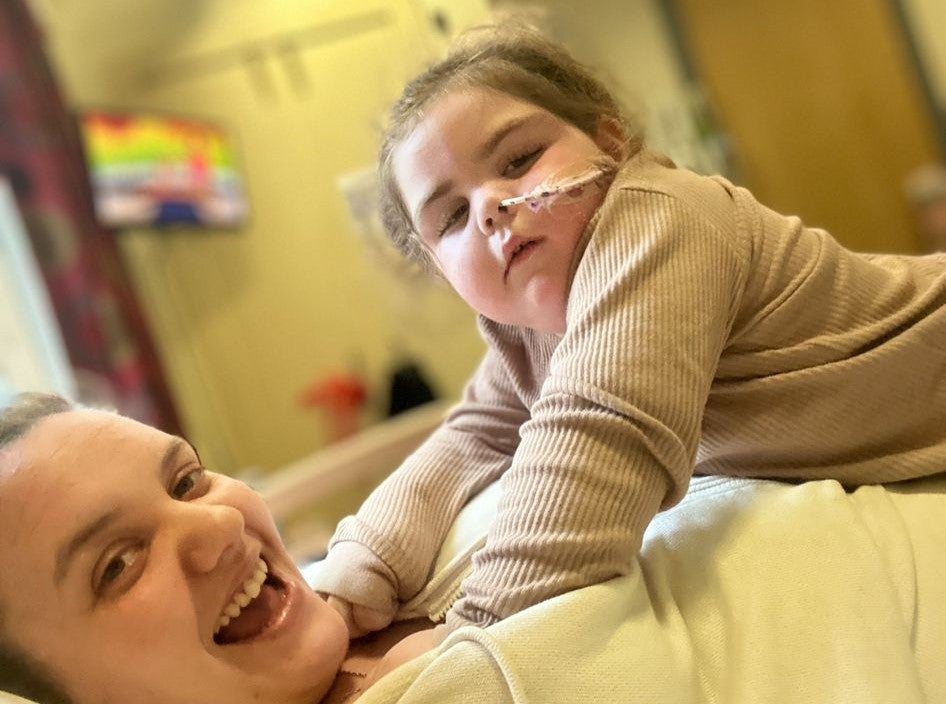
A “devastated” mother has said her three-year-old may never walk, talk or eat on her own again after a virus likened to a common cold left her with lifelong brain damage.
Naomi Wall, 29, from Essex, said her three-year-old daughter, Daisy-Rae Reid, “loved her food” and “loved running around”, but in April this year she suddenly started vomiting and struggled to stay awake – which Naomi initially thought was a sickness bug.
The mother-of-three, who is now Daisy’s full-time carer along with her partner, 36-year-old plasterer Matthew Reid, decided to take their daughter to hospital after she presented with “weakness” and “tremors” on her left side – but they were initially sent home with antibiotics as doctors suspected tonsillitis.
After Daisy’s condition worsened and she struggled to retain consciousness, Naomi called an ambulance and her daughter was taken to hospital again, where a CT scan revealed she had encephalitis – swelling and inflammation on her brain caused by an infection – so she was blue-lighted to Great Ormond Street Hospital for Children (Gosh).
Further tests revealed Daisy had a weakened immune system and had caught an unidentified virus, that doctors likened to a common cold, which had in turn attacked her brain.
The virus left her with a brain injury which has resulted in brain damage and dystonia – the name for uncontrolled and sometimes painful muscle movements which can be a lifelong issue.
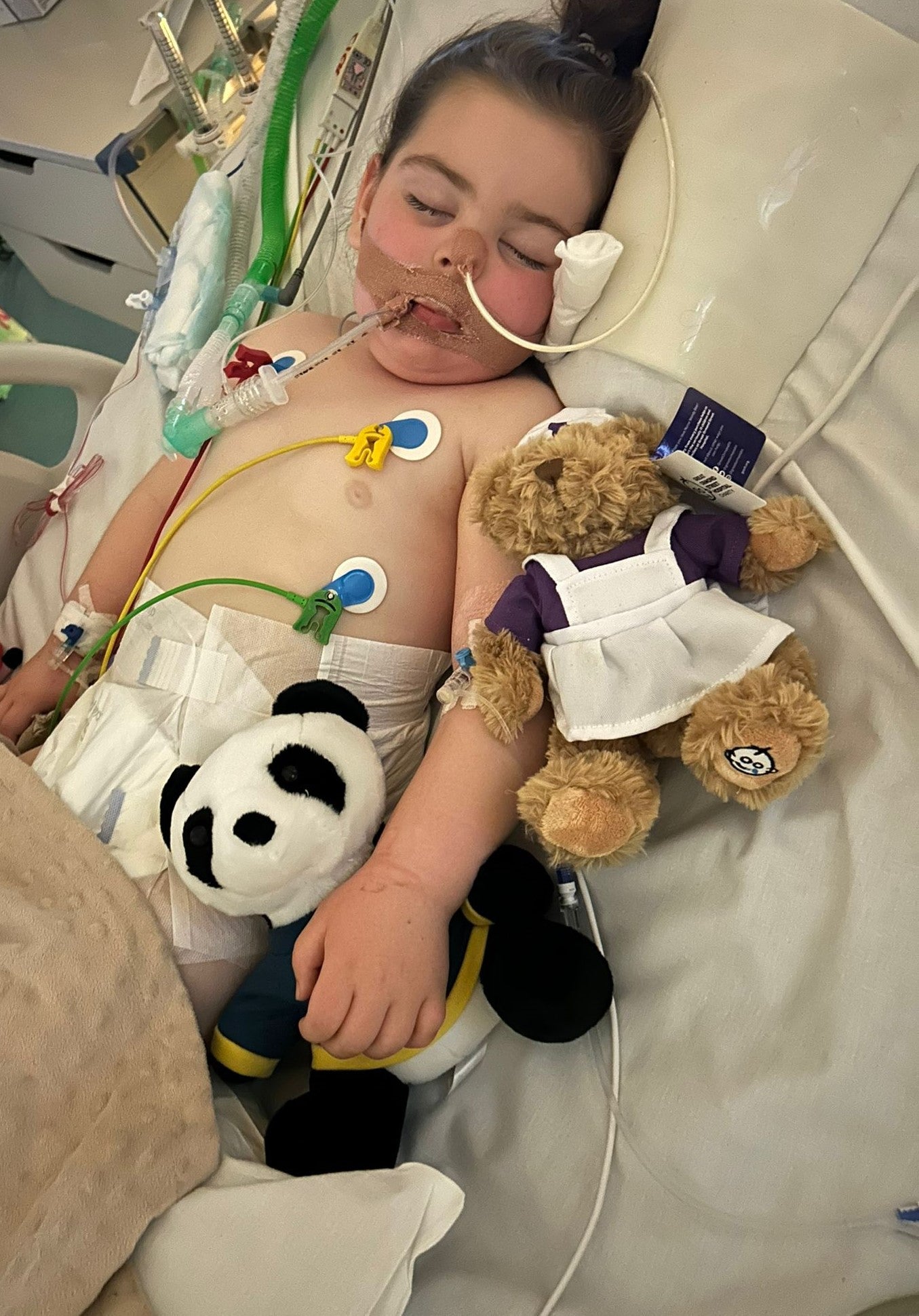
After being discharged from hospital and spending 12 weeks at a rehabilitation centre, the family have been told there is no guarantee Daisy will ever walk, talk or eat by herself again – and her parents were told there was a “high chance” she would not remember who they are.
Naomi’s sister has set up a GoFundMe page to raise awareness of Daisy’s condition and to support Naomi and Matthew, who have two other children, Ronnie-Frederick, one, and Lily-Mai, nine.
“I feel absolutely devastated because Daisy before, she loved her food, loved running around, having fun, doing ordinary toddler stuff,” Naomi told PA Real Life.
“We’ve been told there’s no guarantee she will ever walk, talk or eat again.
“I would give absolutely anything just to have her back to herself again… I would give anything to have her walking, and hearing her voice on old videos just breaks my heart.”
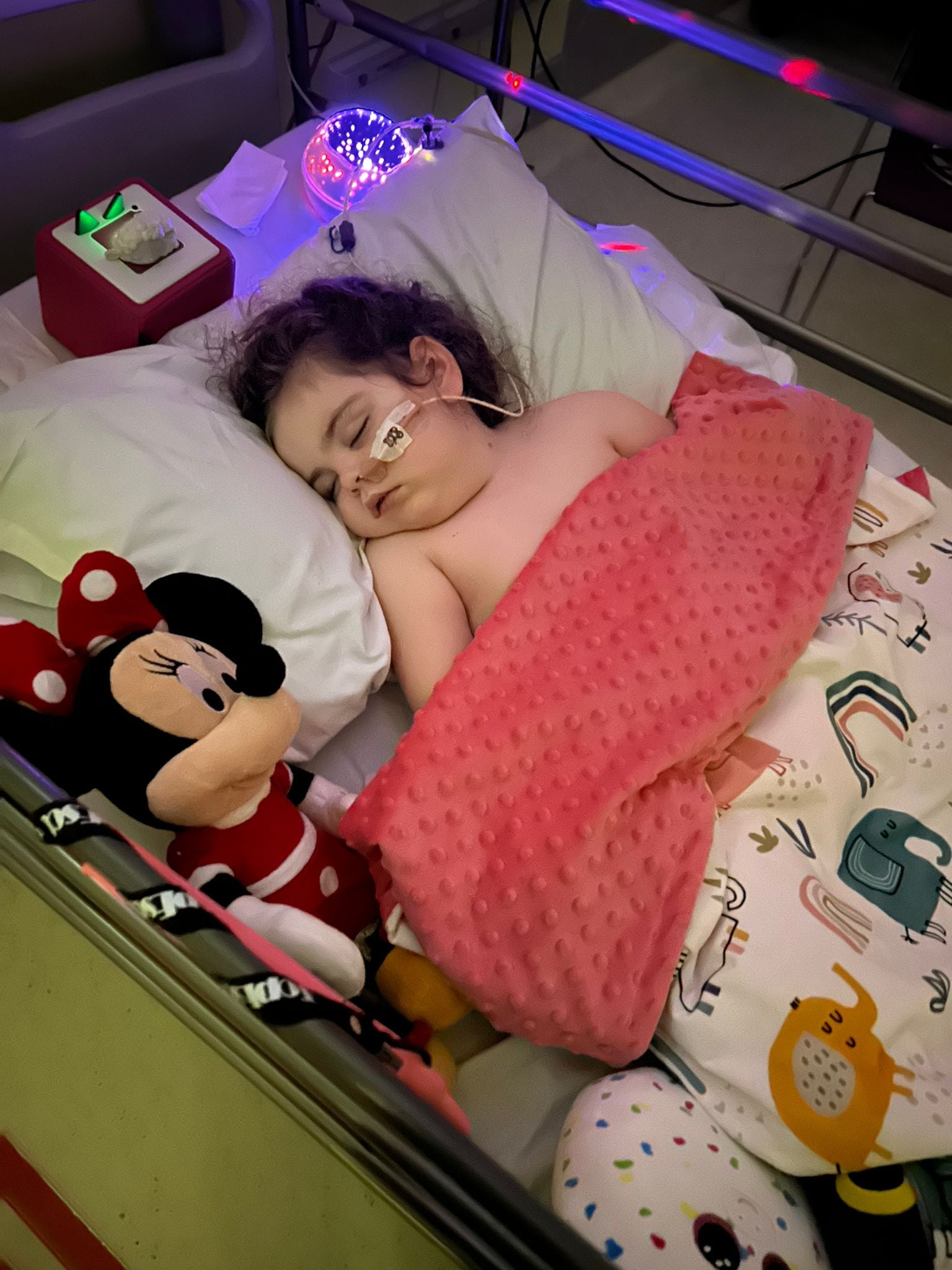
Daisy started to become unwell in April this year.
“She was absolutely fine on April 20, we went to the park with the grandparents, she was running around, right as rain,” Naomi said.
“The next day, she had an early nap and woke up from that nap being sick.”
Naomi thought her daughter might have a 24-hour sickness bug.
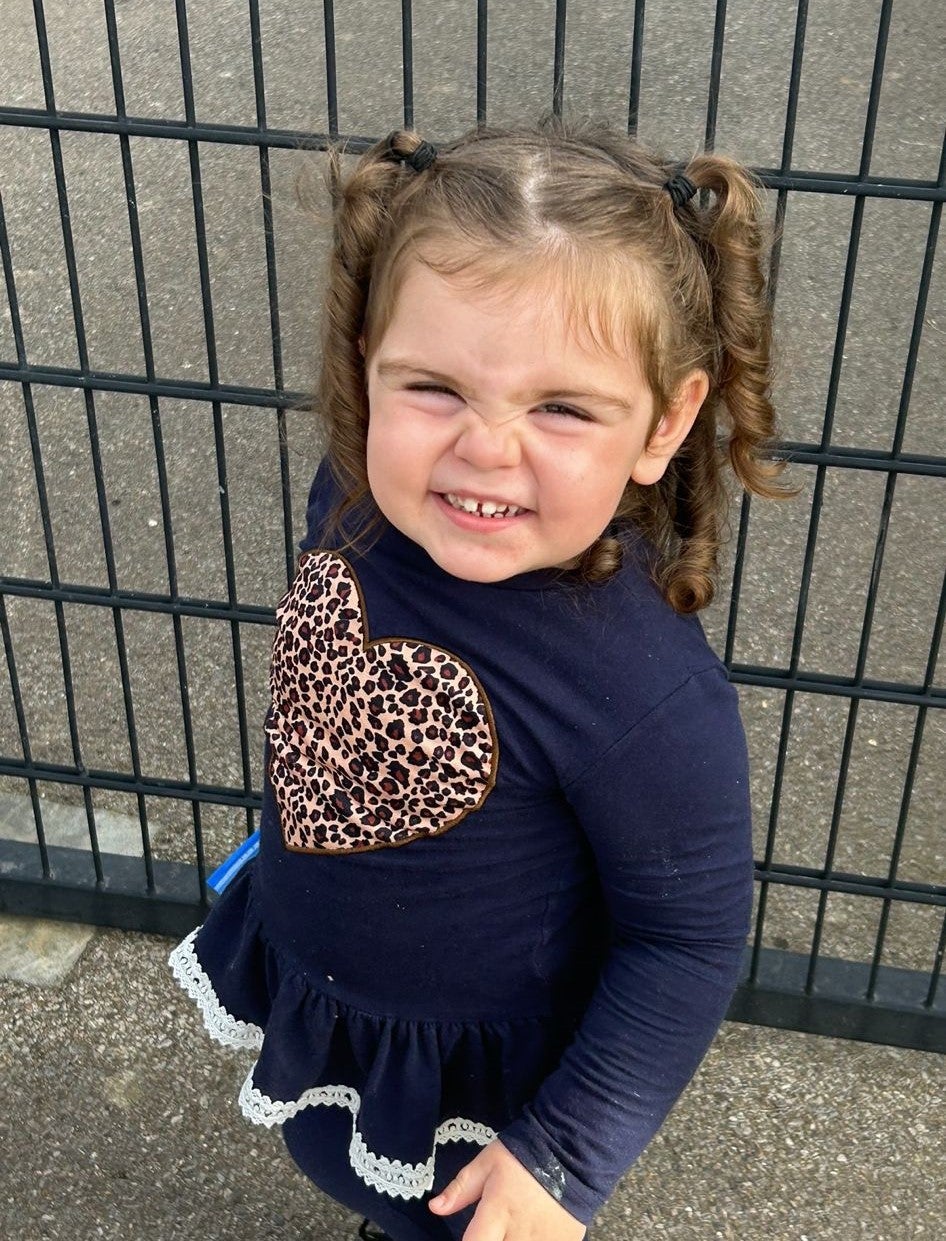
“I tried getting her to eat something but she wasn’t really interested,” she said.
Her concerns grew when Daisy began to show “left-side weakness”, where she was smiling but her left eye and the left side of her mouth were not moving.
“She was also having tremors in her left side,” Naomi added.
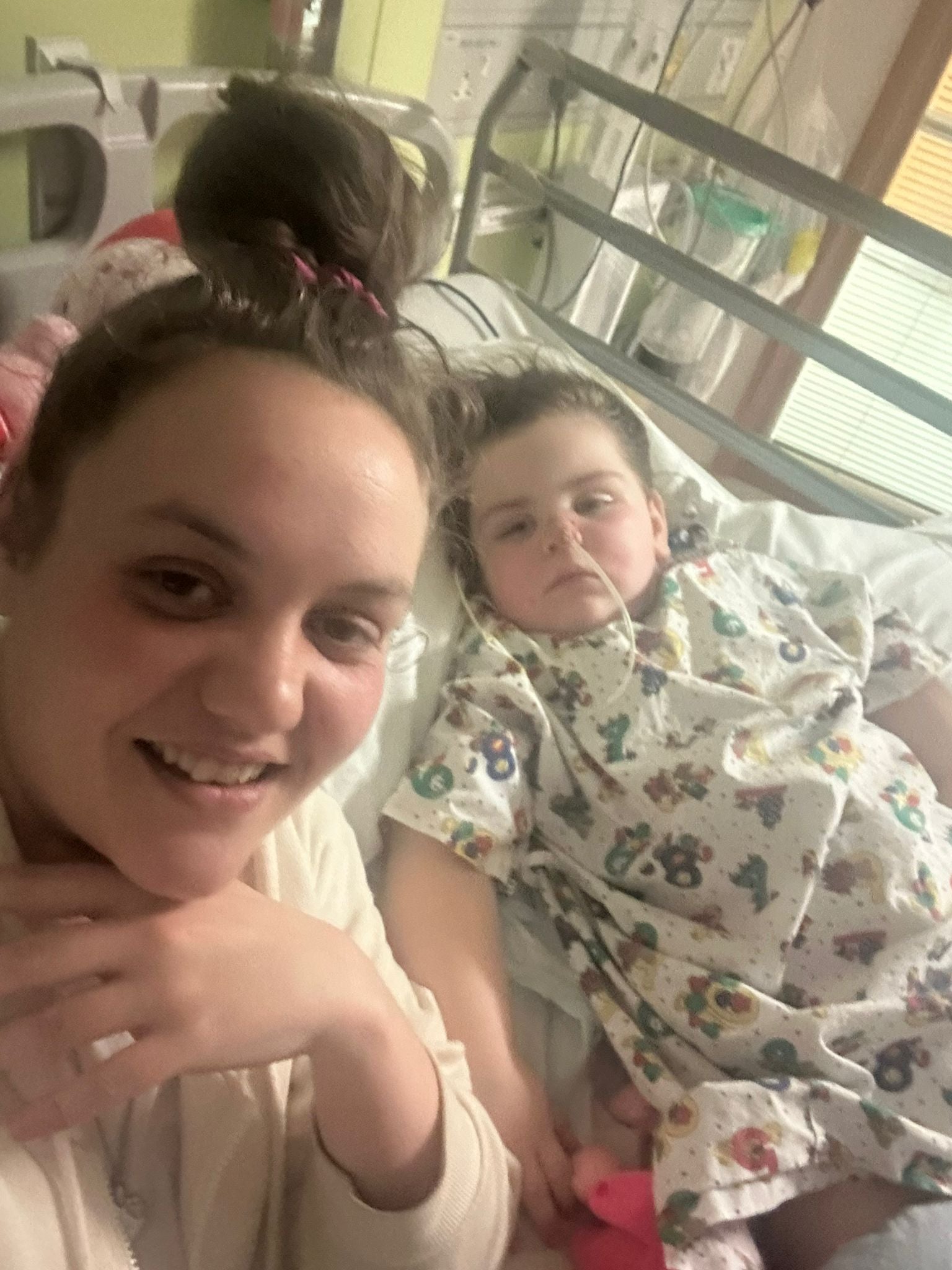
Daisy was taken to a hospital and after being seen by doctors and undergoing a blood gas test, it was thought she had tonsillitis and the family were sent home with antibiotics and a numbing spray for her throat.
“The tests came back fine and I’d questioned if it was anything to do with her brain but we were assured it wasn’t,” Naomi said.
Once home, Naomi said she tried to coax her daughter to eat her favourite foods and drinks but to no avail, saying “she just wasn’t herself”.

After Daisy’s condition did not improve, Naomi rang an ambulance on April 26, saying the paramedics were “amazing” and could instantly see something was wrong with her daughter.
They were blue-lighted to hospital where Daisy had an emergency CT scan – which found she had severe swelling on her brain.
Naomi said the scan indicated a brain infection – which was diagnosed as encephalitis.

Encephalitis is an uncommon but serious condition in which the brain becomes inflamed, according to the NHS, and it can be caused by viral, bacterial or fungal infections, or a problem with the immune system – but the condition can leave some with long-term problems caused by brain damage.
At this time, Naomi said Daisy was becoming “agitated” and “upset” and her oxygen levels were dropping.
“They rushed us around to resus and from that point, there were about 15 to 20 doctors around us,” she said.
“They put Daisy in an induced coma and on ventilation… seeing your child looking absolutely lifeless, it was horrible.”
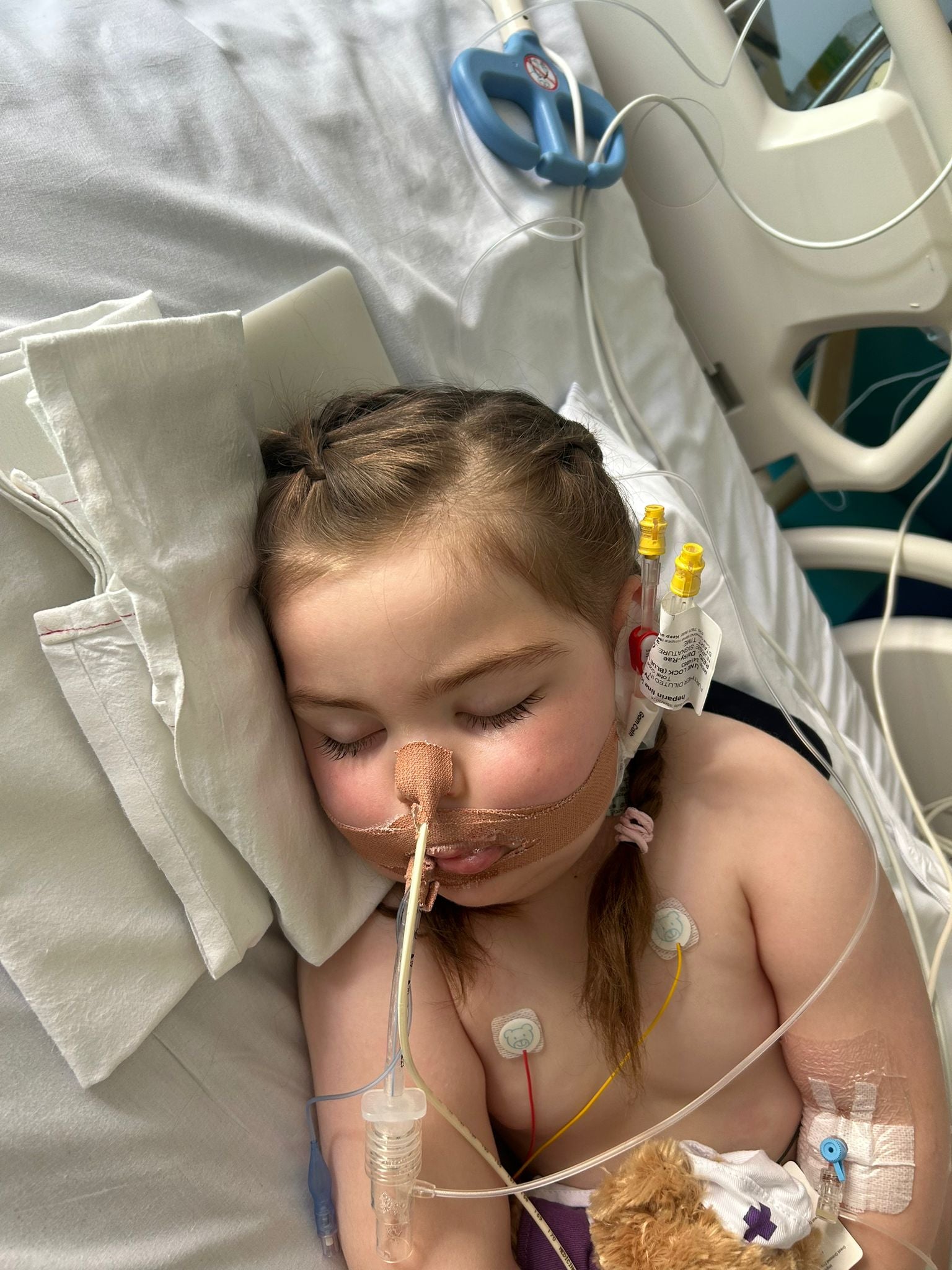
The family were then taken to Gosh where Naomi said Daisy had an MRI and a lumbar puncture, also known as a spinal tap.
“They didn’t know if she was going to have part of her skull removed to relieve the pressure,” Naomi said.
After spending one week in the ICU, the family were informed Daisy had been diagnosed with dystonia as a result of the damage to her brain, meaning she may never walk, talk or eat again.
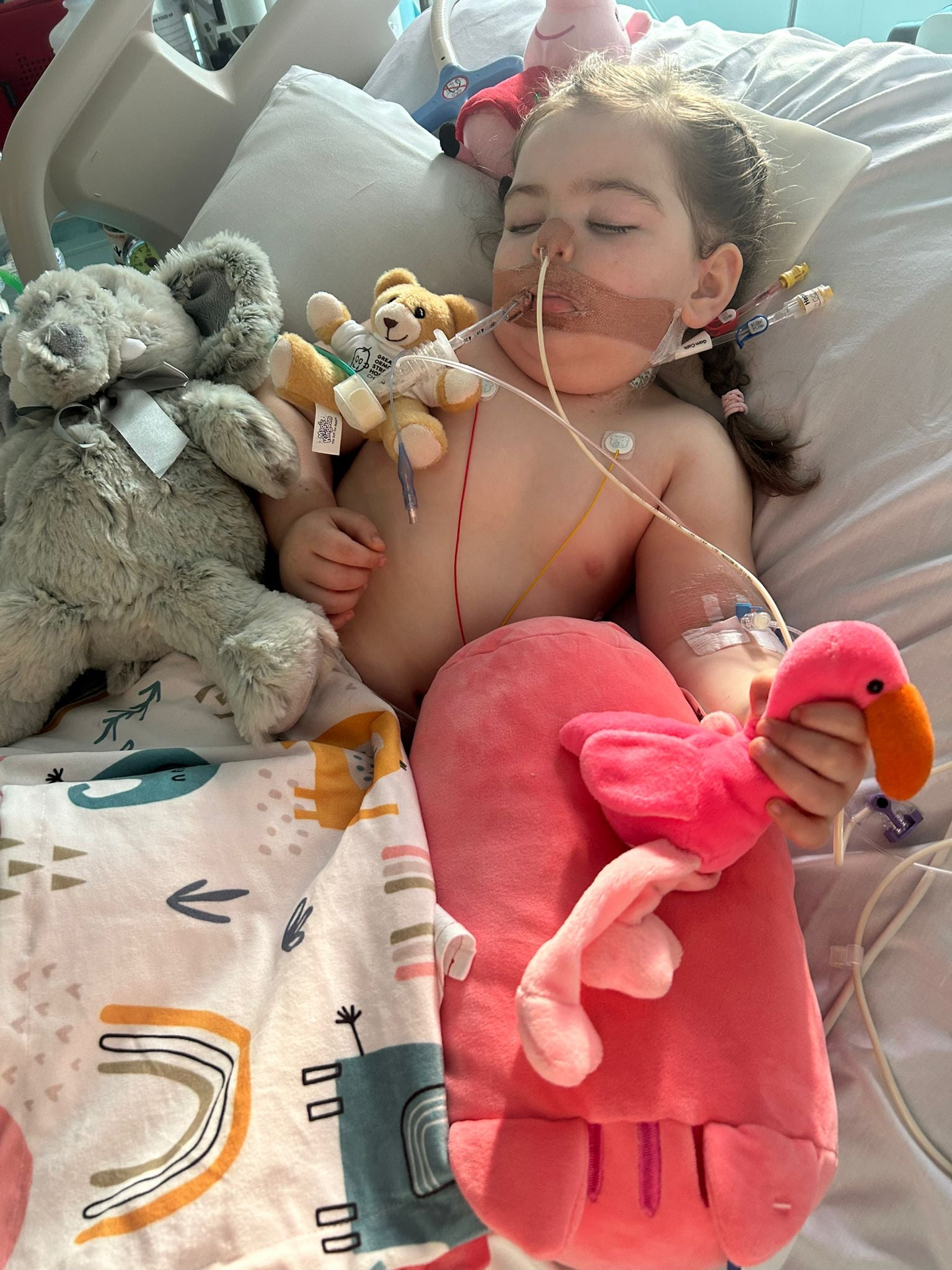
“We were also told she would never be able to breathe on her own and there was a high chance she would never know who me or her dad was,” Naomi said.
“They found she had tested positive for a virus, similar to a common cold, but they were not too sure what had caused it all.
“They said her immune system was really, really weak, which is why it had impacted her brain rather than her immune system.”
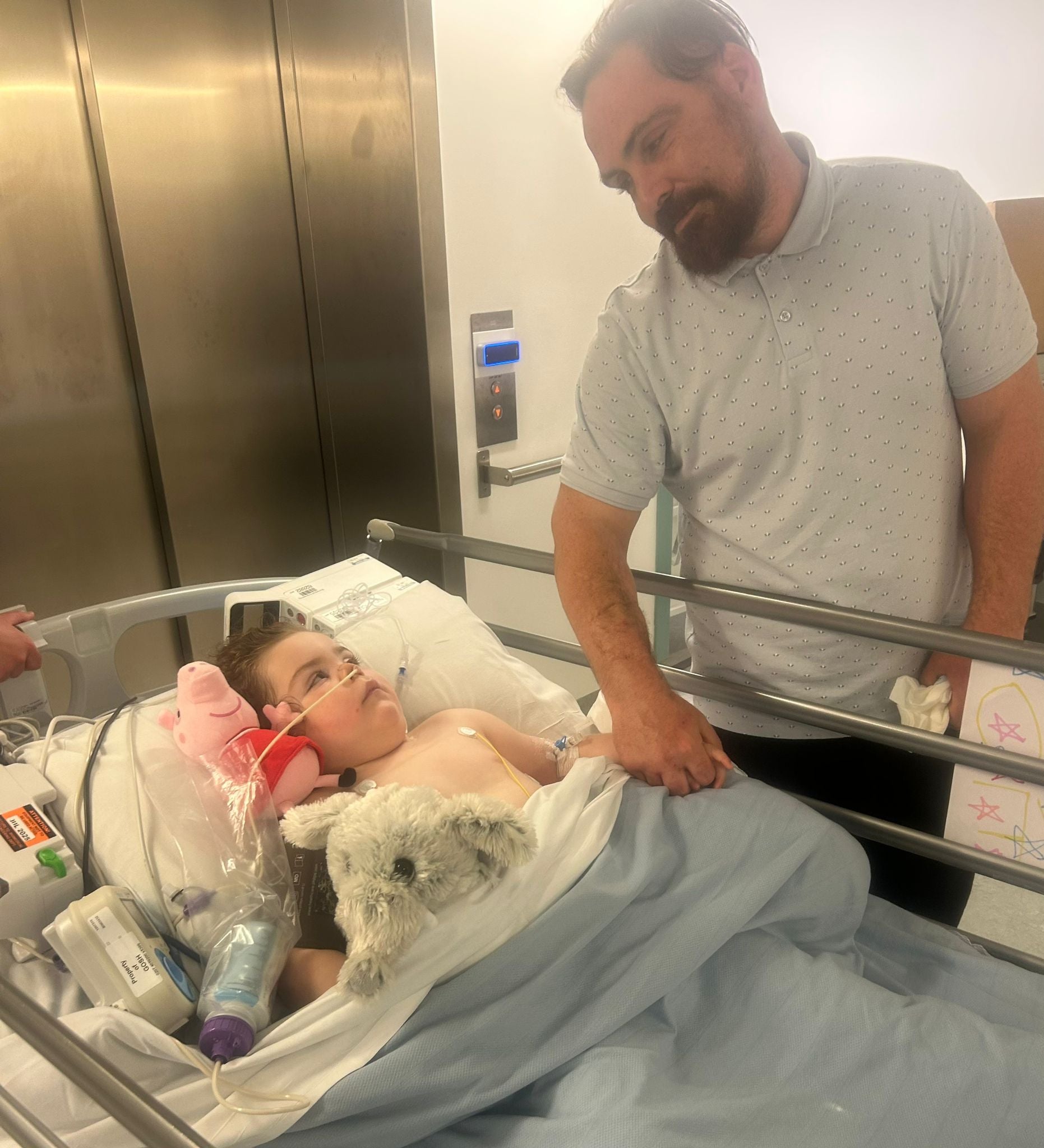
Naomi said Daisy’s dystonia started to present itself during this time.
“All she would do was scream and cry in pain, that went on for a good 10 to 12 weeks,” she said.
“She was constantly in pain every single day – her medication list is probably longer than my whole arm.”
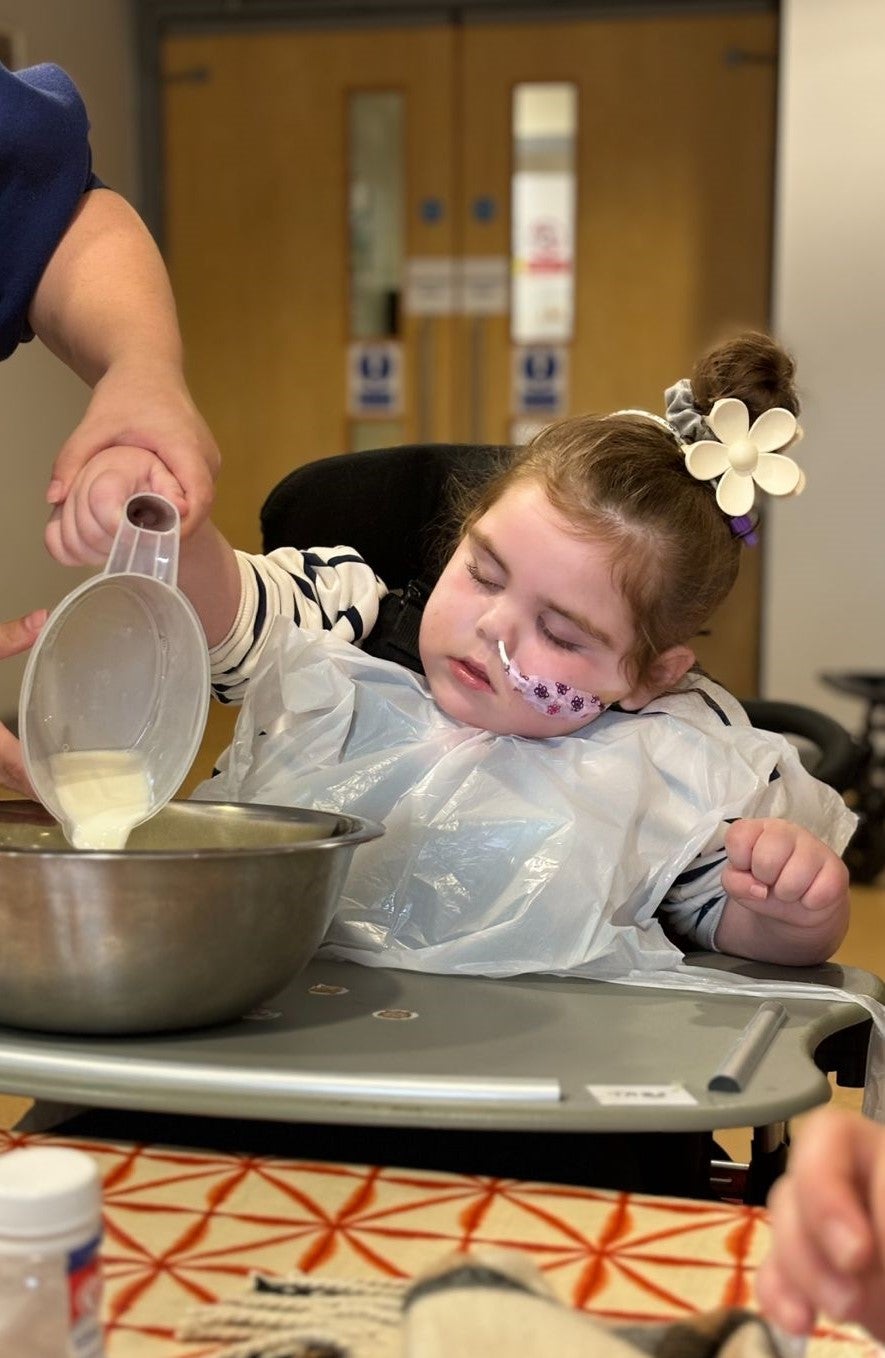
On July 2, Daisy was transferred back to a hospital closer to the family’s home and Naomi noticed she seemed to become “very settled”.
“She then began to give people high-fives and we saw her smile again for the first time in 15 weeks, so it was absolutely amazing,” she said.
Naomi added Daisy has since been able to recognise herself and Matthew, saying she would cry when they left the room and “stare at us” when they came back.
From there, Daisy spent 12 weeks at a rehabilitation centre in Tadworth, Surrey, starting on July 31.
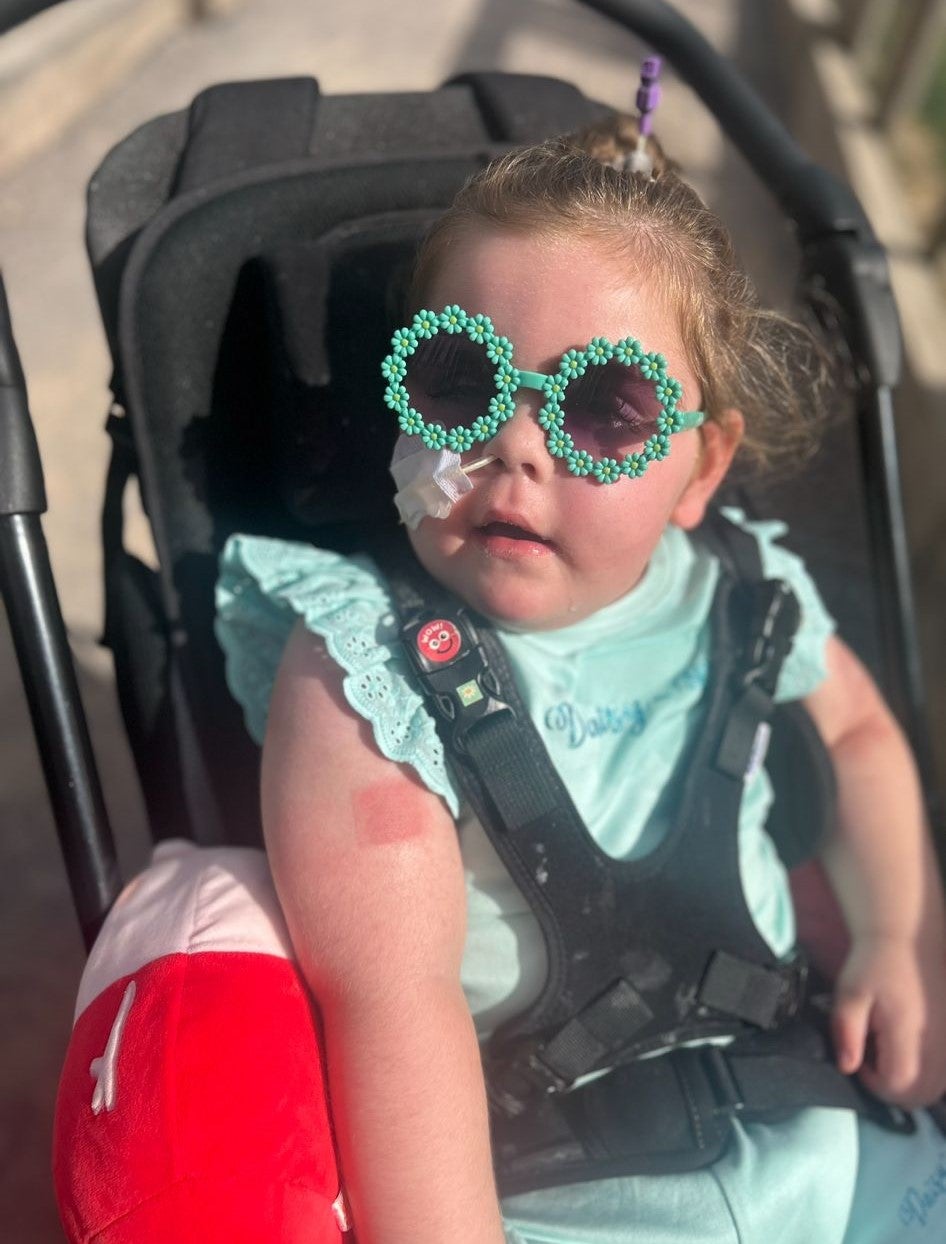
She was able to consume pureed food, having previously been fed through a tube, and regain control of her head, left hand and was able to grasp objects with her right hand.
Daisy was able to return home in October, where her parents have been giving her round-the-clock care.
“It’s been a massive struggle, we have to set alarms all throughout the night to make sure we’re up to administer medication,” Naomi said.
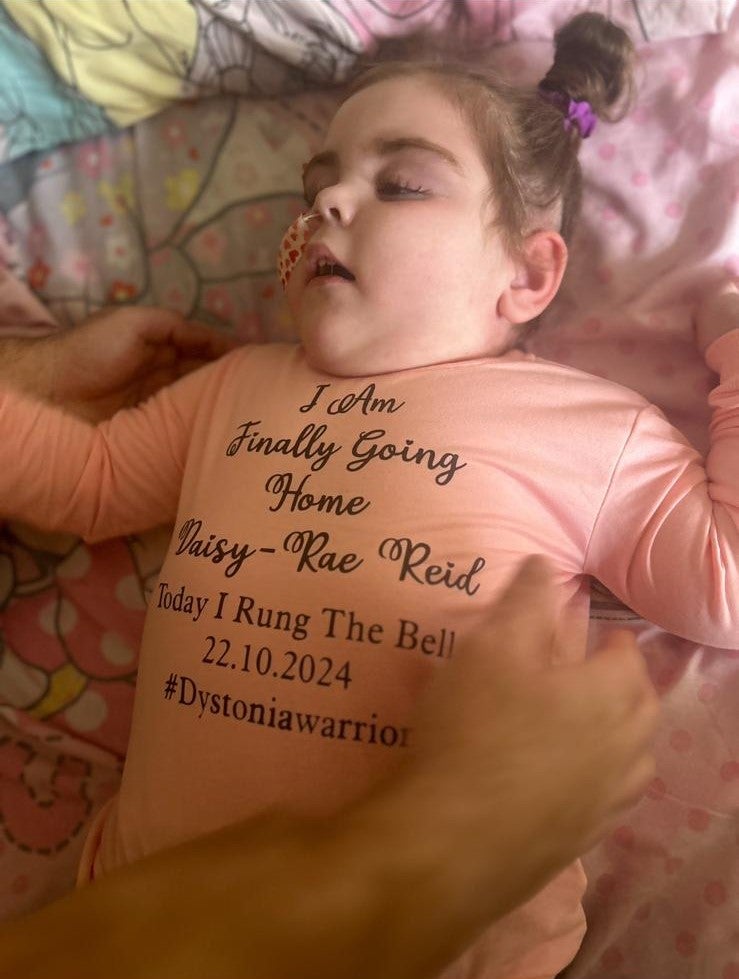
“It’s still a very, very long road ahead of us and for dystonia, there is no cure so this little girl will live with it for the rest of her life.
“She’s alive, she’s breathing and she’s home – that’s the main thing.”
The GoFundMe page set up by Naomi’s sister has raised more than £4,500 so far.
To find out more, visit the family’s fundraising page here.
Bookmark popover
Removed from bookmarks